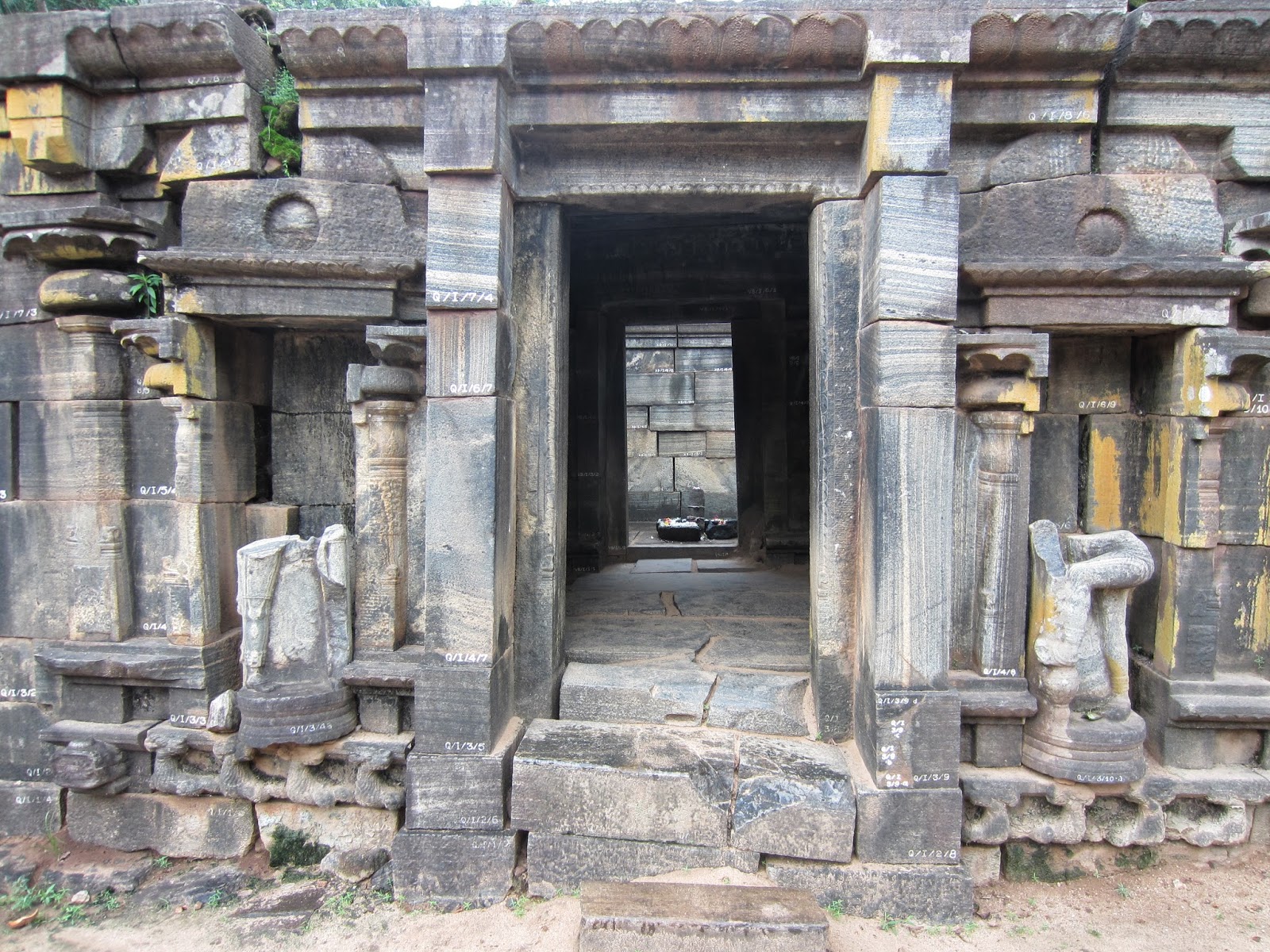Polonnaruwa - An Unexpected Delight
We knew very little about Polonnaruwa and were incredibly impressed by the beauty, depth and variety of the site. What a fabulous place to visit. With so many different structures, palaces, stupas and temples spread over a wide area, it's well worth hiring a guide at the museum. This is certainly somewhere we could revisit, and I would want to spend more than one day here. Once again, low expectations were key to our wonderment and surprise - perhaps we should always travel without a clue or a guidebook?
The local guide was invaluable and has been working at the site since the 1950s! He managed to prioritize what we should see and provided an excellent introduction to the city's architecture, history and development. We started by driving from the museum to the ancient library and multi-story palace where I was distracted by a mongoose! I loved the view out over the man made lake which was part of a sophisticated water management system - that is still in use - and was integral to both the agricultural development of the area, and the establishment and growth of the historic city which was founded in the tenth century.
I particularly loved this elegant tanks in one of the palace complexes.
There is such a variety of Buddhist carving and architectural styles. We were overwhelmed by the meanings, fables legends and cultural references linked to representations of the Buddha, the Hindu gods and various animals. It's difficult to absorb an entire religious oeuvre in one afternoon!
Offerings could be seen at a number of the temples, though they were not all in regular use.

In addition to these local offerings, Polonnaruwa is also a place of pilgrimage for Sri Lankan Buddhists. We saw a large number of pilgrims (all dressed in white) coming to pray at the large reclining Buddha figure pictured below (Gal Vihara).
The Polonnaruwa Vatadage (pictured at the top of the post and located in the quadrangle) is one of the most beautiful and significant buildings in the archeological park. This circular structure was built to house important religious relics. A model in the museum suggests it was originally covered by a wooden roof, though this remains in dispute.
One of the most significant carving at the site is the Sandakada Gahanna or "moonstone" at the Vatadage, see above and below. Given that visitors are stepping on it daily, I'm astonished that it t has not been moved into the museum. These semi-circular carved stones are unique to Singhalese architecture and often stand at the entrance to temples. As with other Buddhist carvings, the circular form represents the circle of existence and each animal represents a particular life stage or characteristic. The moonstone below includes images of the lotus, ducks, elephants and horses.
As you can see there are beautiful carvings throughout the site.
The stele below, known as the Gal-Potha, is a beautifully carved inscribed stone book detailing the exploits of a twelfth century king.
There is a wide variety of different structures at the site including stupas, temples, monasteries and secular buildings. I've included several examples from the main quadrangle below.
Here's another Sri Lankan Tooth Relic Temple...
In addition to the mongoose, we also saw this star tortoise in a shady corner behind one of the main temples.
Some of the most impressive carvings can be found in the museum, where a model of the entire site provides an excellent overview of the ancient city.
A large and beautifully wrought bronze Ganeesh figure in the museum, below. The overlapping layering of Hinduism, Buddhism, local animist practices and deities is fascinating.
We didn't have time to visit all of the sites and were particularly sorry to miss the frescoes at the Thivanka Image House. Pictured below is one of the main irrigation channels, next to the museum, which remains in use today. Polonnaruwa is a fascinating stop to visit and highly recommended.

































Comments